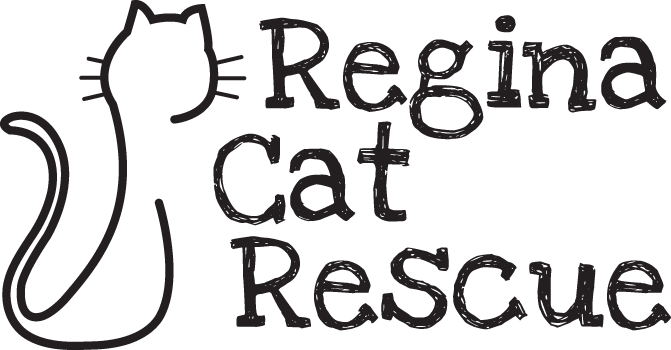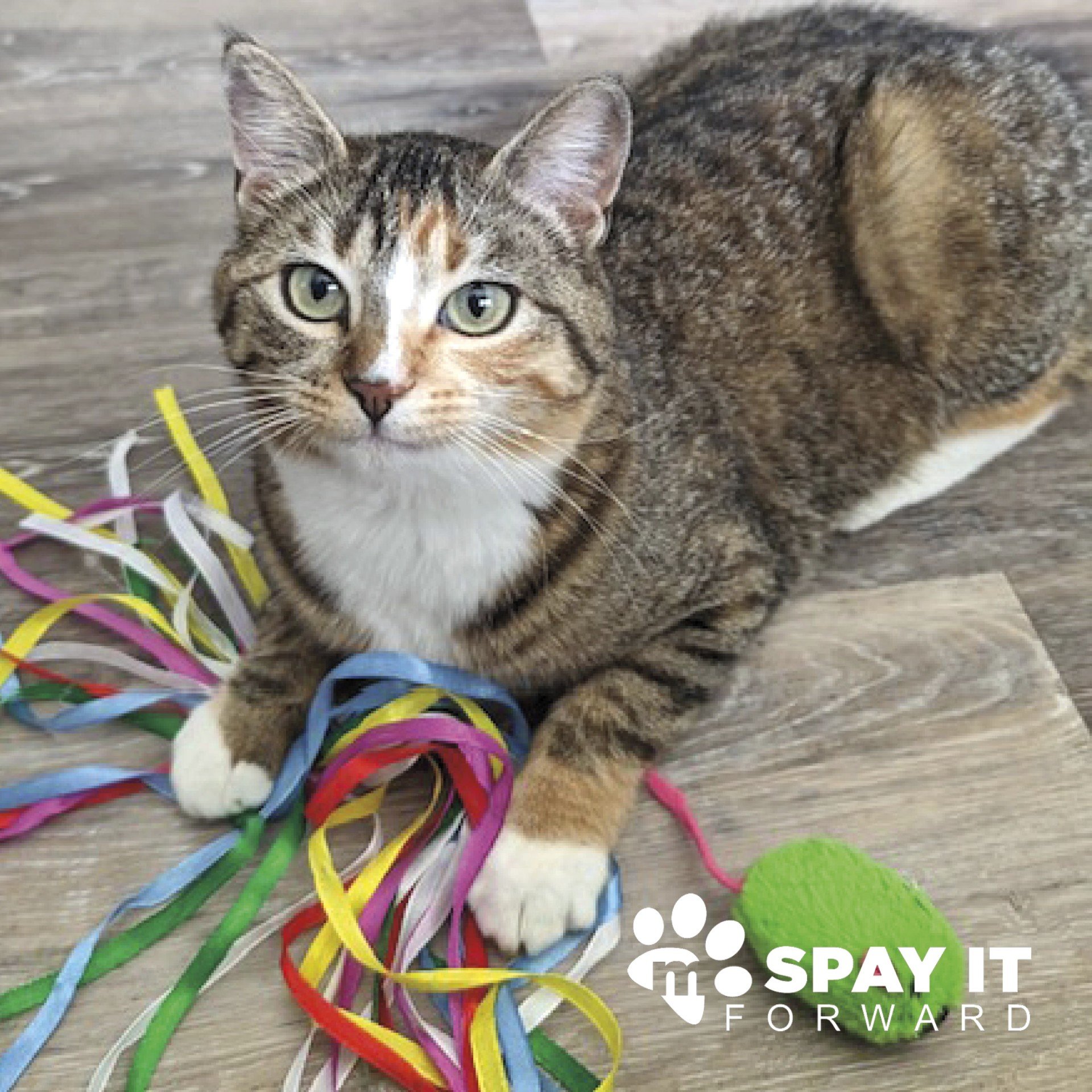PET INTRODUCTIONS
When introducing your new cat to other pets, the most important thing to know is to GO SLOW.
A gradual introduction process is important for pets to build a friendship. If one pet gets hissed, swatted, or nipped at, it always be afraid of the other pet. NEVER “just let them work it out.” This can lead to relationship and behaviour problems. If you want your pets to be buddies for life, follow these steps:
After your new cat has been in their “safe room” for a few days, you can begin scent swapping. Take the bedding from the new cat’s “safe room” and trade it with the bedding of your existing pets. This allows both parties to get used to each other’s scent without any physical interaction.
At this point, your pets may be curious about each other, based on their smell, but also fearful and/or stressed by the other’s presence. The goal is to show them that good things (like treats) happen when they see each other, to create positive associations.
For this, utilize the “safe room” to feed resident pets and your new cat on opposite sides of the “safe room” door. Over a period of a few days to a week or even weeks, move the food closer and closer to the door.
Once the pets seem relaxed while they are eating, and any growling or hissing has stopped, open the door a crack while the pets are eating. This allows them to partially see each other while engaging in an enjoyable activity.
Once the pets can eat without growling or hissing, gradually open the “safe room” door wider until they can get a good look at each other. Baby gates are very useful for this. Let them sniff each other, and be sure to monitor them.
When you see positive indications that show the pets are developing comfort with each other, you can increase the amount of time they see each other. These signs include:
Eating treats in the presence of other pets.
Playing with a toy in the presence of other pets.
Ignoring each other and going about their own business on opposite sides of the baby gate.
Touching noses through the gate, playing footsies under the gate and/or rubbing their bodies against the gate.
If you notice any pet is stressed, go slower with the process. This is not a set-back! It just means that the process will take longer than you initially thought. Signs that a pet is stressed include:
Consistent hissing or growling. A hiss here or there is not a concern, so long as the pet is showing some positive indications as well.
Distancing themselves so they don’t see the other. For the new cat, this means hiding in their room. For the resident pet, this may mean running to another room.
Stressed body language. In particular, look for a swishing tail, ears flattened back against the head or turned sideways, hair on their back is raised, crouching or slinking away.
As your pets are increasingly comfortable with each other, you can begin to give them supervised time together without the baby gate. Reward them with treats for any positive or neutral interactions. At the slightest indication of a negative interaction (like stalking, chasing or pouncing) distract and redirect with treats or a toy.
Aim to end the interaction on a positive note, then gradually extend the amount of time that you allow the cats to be in the same area under close supervision.
When the pets have repeatedly, over at least several days if not weeks, had positive or neutral interactions without showing signs of stress, they are ready for unsupervised time together.
As your new cat is fully integrated into your home, be sure that each pet has easy access to food, water, comfortable beds and attention so they do not feel in competition for any of these resources.
Information gathered from HumaneSociety.org
Need Advice?
RCR volunteers are available to help. Email us at adoptions@reginacatrescue.com. You can also visit one of the Metro Pet Market locations to talk to knowledgeable staff.
Additional Resources
BCSPA
How do I welcome a new cat into my home?
Tip sheet: Welcome Home! Bonding with your new cat
Jackson Galaxy
How to introduce a new cat to resident cats
Before you get a kitten
The do’s and don’t of introducing cats
PetMD
How to Teach Kids to Interact With Pets
How To Introduce a Cat to a Dog










